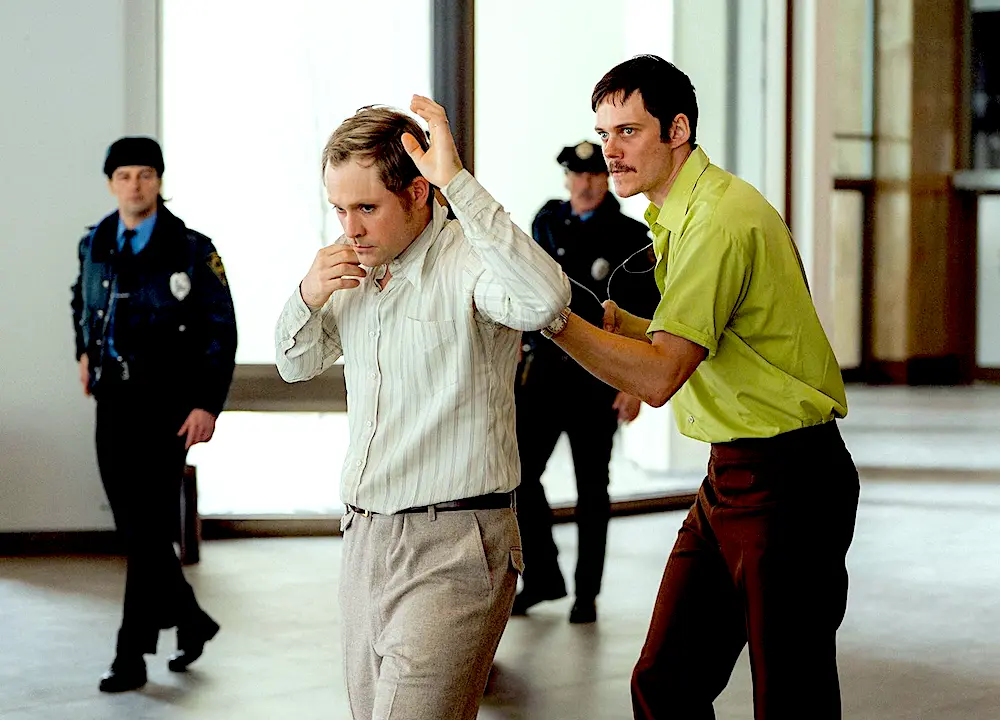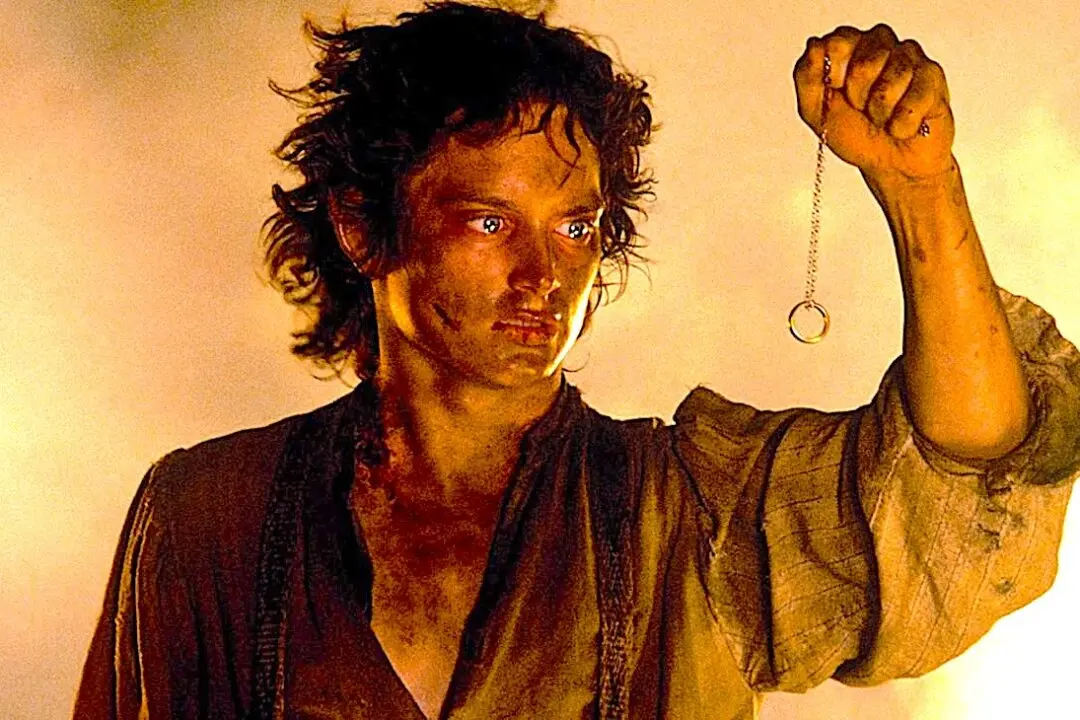Amy Winehouse’s hit “Rehab” took the world by storm. As did her whole showbiz package: 1960s retro cat-eye eyeliner, beehive hairdo, short-shorts, flats, and sailor tats. It was all way too much—and yet somehow just right.
And that voice. A smoky, 65-year-old American black jazz singer’s voice in an 18-year-old, North London Jewish girl’s body.
The very fine documentary “Amy” showcases Winehouse’s late, tragic, titanic talent, and demonstrates why the concept behind the line from Kurt Cobain’s suicide note, “It’s better to burn out than to fade away,” is just wrong.
She did, in fact, go to rehab. But her husband snuck heroin into her rehab.




